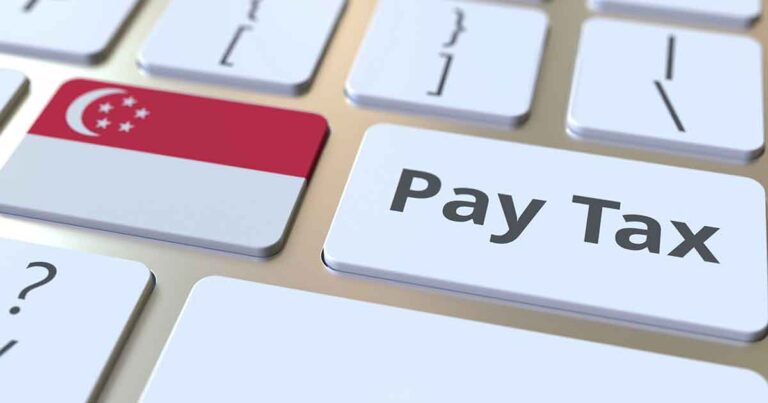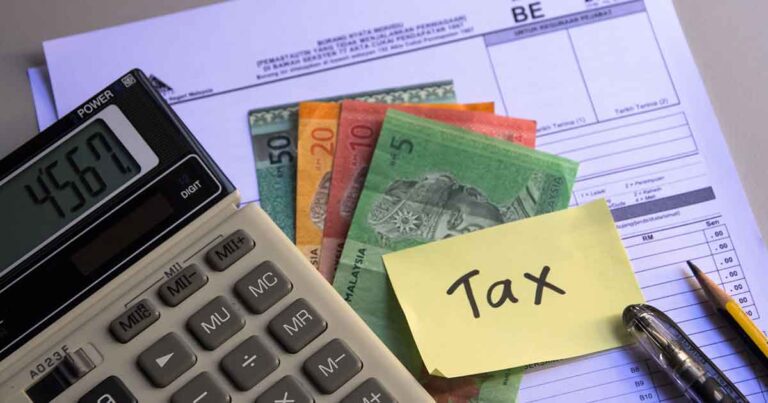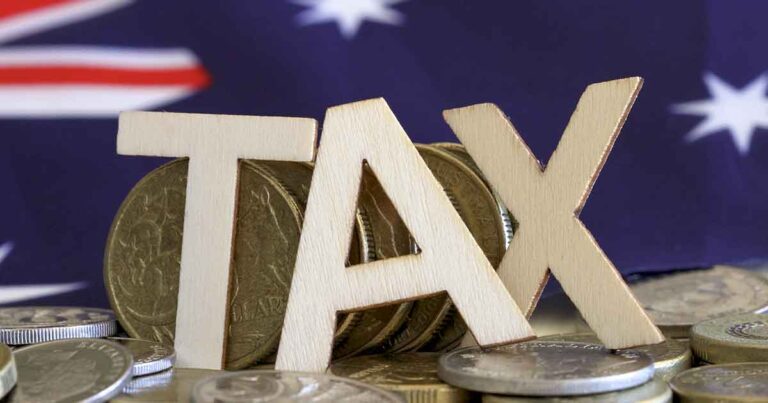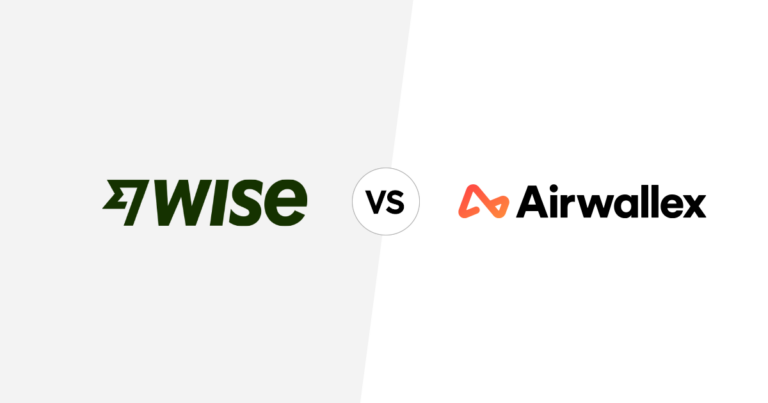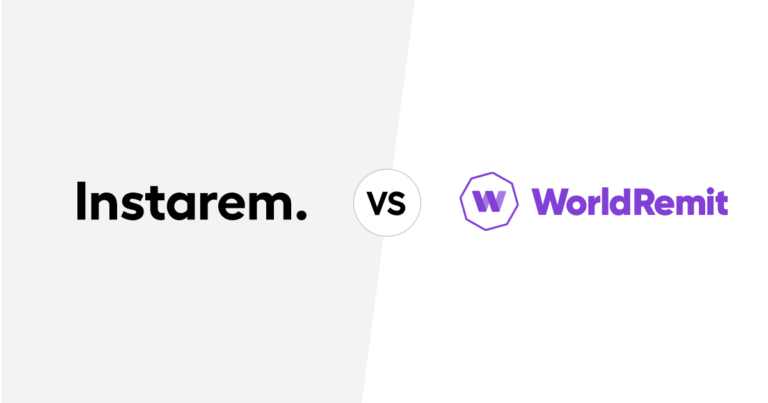HK import tax explained: What you should know
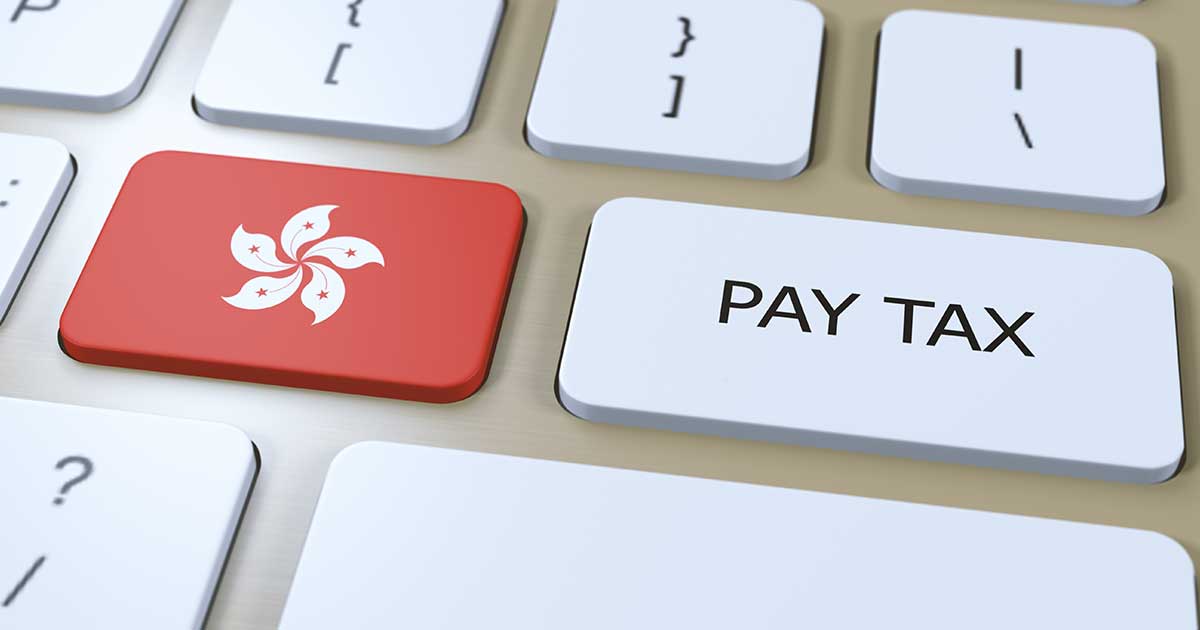
This article covers:
- Key takeaways
- Why Hong Kong is considered a free port
- Are there import taxes in Hong Kong?
- Which imports are taxed in Hong Kong? (dutiable commodities)
- Prohibited and restricted imports in Hong Kong
- How to declare imports in Hong Kong (customs process)
- When Hong Kong import tax applies
- Hong Kong import tax FAQs
Key takeaways
- Hong Kong imposes no general import taxes, VAT, GST or tariffs on most goods, reinforcing its status as a free port.
- Import duties apply only to specific goods—mainly alcohol, tobacco, hydrocarbon oils and methyl alcohol.
- Spirits with an alcohol content above 30% are taxed based on value-per-litre. Wine and lower-alcohol beverages are duty-free.
- All tobacco products are heavily taxed, with duties calculated per stick or per kilogram depending on the type.
- Hydrocarbon oils and methyl alcohol incur fixed duties per litre or hectolitre due to environmental and health regulations.
- Goods like counterfeit products, endangered species, firearms and certain food items are regulated or banned.
Why Hong Kong is considered a free port
When it comes to doing business in Asia, few places offer the same level of economic freedom as Hong Kong. Its economy is built on free market principles, with very little government interference, and this is especially clear in the way it handles taxes.
The city has a simple and low tax system. No value-added tax (VAT), no goods and services tax (GST) and no capital gains tax.
For businesses engaged in cross-border trade, Hong Kong’s approach is especially appealing. With one of the busiest and most efficient ports in the world, a well-developed legal framework and a strong commitment to free trade, it gives companies quick access to Mainland China and the Asia-Pacific region.
The city’s low barriers to entry also make it easy for logistics businesses & companies of all sizes to import and export goods with minimal red tape.
But what about the Hong Kong import tax? What kinds of goods are taxed? Do businesses need to declare every shipment? What are the steps to clear customs in Hong Kong?
In this blog, we’ll answer all those questions and more. We’ll explain how import taxes work in Hong Kong, including the few situations where duties do apply.
Are there import taxes in Hong Kong?
For the most part, no. Hong Kong does not impose import taxes or customs duties on the majority of goods entering the territory. This is a key part of its ‘free port’ status. There are no value-added taxes (VAT), no goods and services taxes (GST) and no general tariffs applied at the border.
However, a small number of goods are classified as ‘dutiable commodities’ and are subject to import duties and licensing. These typically include products that are controlled for health, safety or social policy reasons, such as alcohol and tobacco.
So while most imports are tax-free, there are important exceptions that importers should be aware of.
Which imports are taxed in Hong Kong? (dutiable commodities)
Under the Dutiable Commodities Ordinance, only a small number of product types are subject to import tax in Hong Kong. These include:
Import duty on alcoholic beverages in Hong Kong
Hong Kong imposes import duties on strong alcoholic drinks such as whiskey, vodka, gin and rum. These duties are calculated based on the alcohol content rather than the retail value.
| Type of liquor | Duty rate |
| Liquor with an alcohol content above 30% (at 20℃) | |
| – First HKD 200 of value: 100% duty – Any value above HKD 200: 10% duty |
| Duty = Duty-per-litre × Volume (L) To calculate Duty-per-litre: – First HKD 200 of value-per-litre: 100% duty – Any value above HKD 200: 10% duty To calculate Value-per-litre: Value-per-litre = Total value ÷ Volume (L) |
| Liquor (except wine) with an alcohol content not more than 30% (at 20℃) | 0% duty |
| Wine | 0% duty |
Note: If two or more bottles are packaged together as one item, they will be treated as a single bottle, and the total volume of all bottles will be used to assess the duty. The term ‘bottle’ also includes barrels and other types of containers.
Let’s give you an example. Say you’re a liquor store owner in Central, Hong Kong. You specialise in rare spirits and import premium bottles for your high-end clientele.
You plan to import a 1.5-litre bottle of aged Scotch whisky with an alcohol content of 40% for a private client. The bottle is valued at HKD 2,250.
Since the alcohol content is over 30% and the volume is more than 1 litre, you need to calculate duty using the value-per-litre method. Here’s a step-by-step duty calculation:
Step 1: Calculate value-per-litre (P)
- Total Value (V) = HKD 2250
- Volume (L) = 1.5 litres
P = V ÷ L = 2,250 ÷ 1.5 = HKD 1,500 per litre
Step 2: Apply duty rates to value-per-litre (P)
Duty applies as:
- First HKD 200 → 100% = HKD 200
- Remaining HKD 1,300 → 10% = HKD 130
So, D = 200 + 130 = HKD 330 per litre
Step 3: Calculate total duty (A)
A = D × L = 330 × 1.5 = HKD 495
So, you would have to pay HKD 495 in import duty for this 1.5L premium whisky valued at HKD 2,250.
Tobacco products
All tobacco items are heavily taxed in Hong Kong, regardless of quantity or purpose. You will need to pay substantial import duties, whether for personal or business use.
| Tobacco product | Duty rate |
| Cigarettes (per 1,000 sticks) | HKD 3,306 |
| Cigars | HKD 4,258 per kg |
| Chinese prepared tobacco | HKD 811 per kg |
| Other manufactured tobacco (excluding tobacco for cigarette production) | HKD 4,005 per kg |
Note: Cigarettes longer than 90 mm (not including the filter) count as more than one stick—one extra for every 90 mm or part of it.
Import duty on tobacco products in Hong Kong
Importers of fuel and petroleum-based products are also subject to specific duties. These are mainly applicable to businesses in the logistics, transport or construction sectors.
Hydrocarbon oil is subject to duty at the following rates per litre:
| Type of hydrocarbon oil | Duty rate |
| Aircraft spirit | HKD 6.51 |
| Motor spirit (leaded petrol) | HKD 6.82 |
| Motor spirit (unleaded petrol) | HKD 6.06 |
| Light diesel oil | HKD 2.89 |
| Ultra Low Sulphur diesel | HKD 2.89 |
| Euro V diesel | 0 |
Import duty on methyl alcohol
Methanol, used in chemical manufacturing and industrial applications, is taxed due to its volatility and potential health risks.
Duty applies to methyl alcohol and any mixture containing it at the following rate:
- HKD 840 per hectolitre (measured at 20℃).
- Plus an additional HKD 28.10 per hectolitre for every 1% of alcoholic strength above 30% by volume.
All other goods—including Hong Kong duty-free cosmetics, tech gadgets, apparel and homeware—are not subject to HK import tax and can be freely imported for personal or commercial use.
Prohibited and restricted imports in Hong Kong
To protect public safety, national security, public health and the environment, the Hong Kong government strictly regulates certain imports.
Examples of prohibited & restricted items include:
- Counterfeit goods
- Dangerous drugs
- Endangered species
- Obscene materials
- Firearms and ammunition
- Live animals
- Food items (e.g. meat, poultry, milk)
To avoid legal issues or shipment delays, it is important to check whether a product is prohibited or restricted before importing it into Hong Kong. You can do this by using the Trade and Industry Department’s Online Licensing System.
Check with the Customs and Excise Department and refer to the Import and Export Ordinance (Cap. 60) and other relevant regulations. We highly recommend that you contact the appropriate government authority directly if you are unsure.
How to declare imports in Hong Kong (customs process)
Even if your goods are duty-free, commercial importers must complete a customs declaration through HK Customs and Excise. Here’s how it works:
Step 1: Declaration and assessment
Importers must first submit a detailed declaration to Hong Kong Customs. This includes accurate information about the goods and where they’re from. Customs then uses a risk assessment system to check for possible issues or non-compliance. Based on this, they calculate any import taxes or duties that apply using Hong Kong’s tariff rates.
Step 2: Paying duties and clearing customs
Once the import duties are calculated, the importer must pay them before the goods can be released. This is a key step for logistics businesses and anyone handling international shipments.
Payments can be made through cash, credit card, or electronic methods. Many businesses prefer using a reliable money transfer for business, such as a global business account or an international business account, to manage duty payments efficiently.
These tools simplify business money transfers, especially for companies managing imports on a global scale. After payment, the customs clearance process can begin, which involves submitting the required documents and undergoing any necessary inspections.
Step 3: Inspection and compliance checks
Customs officers may carry out random checks to make sure the goods match the declaration and follow import rules. This could include physical checks, taking samples for testing or reviewing labels and packaging. These inspections help prevent restricted or prohibited items from entering Hong Kong.
Step 4: Final release and collection of goods
After all checks are done and customs gives the go-ahead, the goods are officially cleared. The importer can now collect the items for delivery, storage or further use. A customs release document is provided as proof that everything has passed inspection and duties have been paid.
When Hong Kong import tax applies
Thanks to its tax-friendly import policies, Hong Kong remains a strategic gateway for global trade. With no general import tax, no VAT, and minimal customs duties, it offers one of the most efficient trading environments in the world.
This simplicity makes it especially attractive for logistics businesses, manufacturers and global suppliers looking for a low-barrier entry point into the Asia-Pacific region.
That said, there are important exceptions to keep in mind. Certain goods — like alcohol, tobacco, hydrocarbon oils, and methyl alcohol — are considered dutiable commodities and are taxed accordingly. Items that are hazardous, counterfeit, or restricted may require prior clearance or could be prohibited altogether.
Importing isn’t just about shipping and taxes. If you’re dealing with international suppliers or paying duties often, how you manage your business finances can make a big difference.
Instarem makes cross-border business payments simpler. Whether you’re using a global account to pay suppliers or just need a faster, more cost-effective way to move money internationally, having a reliable partner like Instarem can make all the difference.
Hong Kong import tax FAQs
Are there tariffs on imports from Hong Kong?
Generally, no. Hong Kong is a free port and doesn’t impose tariffs on goods leaving the territory. However, whether tariffs apply when importing goods from Hong Kong depends on your country’s trade policies and international agreements. Always check with your local customs authority for the most accurate information.
Is Hong Kong VAT free?
Yes. Hong Kong does not impose VAT, GST or any general sales tax on imports or local transactions. This tax-free structure makes it an attractive base for businesses aiming to cut costs and simplify their import-export operations.
Which items are duty-free when importing into Hong Kong?
Hong Kong is a free port, so almost all goods are duty-free. Import duty applies only to four categories: alcohol with more than 30% alcohol content, tobacco products, hydrocarbon oils and methyl alcohol.
Everything else can be imported without paying duty. Common duty-free categories include:
- Electronics and tech devices
- Clothing, footwear and fashion accessories
- Cosmetics, skincare and beauty products
- Homeware and lifestyle items
- Toys, sports goods and hobby items
- Books, stationery and printed products
- General household goods
- Personal items and gifts
As long as the item does not fall under the “dutiable commodities” list and is not restricted or prohibited, it is typically fully duty-free.
Do I pay import duty on online purchases shipped to Hong Kong?
In most cases, no. Online purchases shipped to Hong Kong are not subject to import duty, as Hong Kong does not charge tax on general goods.
You only pay import duty if the online order contains items from the dutiable list, such as:
- Alcohol over 30% ABV (spirits and hard liquor)
- Tobacco products
- Hydrocarbon oils
- Methyl alcohol
If the goods are not dutiable and not restricted, your online purchase will clear Hong Kong customs without duty, regardless of value, quantity or whether it is for personal or business use.
However, if the item is restricted (e.g. endangered species products, certain foods, firearms parts, pharmaceuticals), you may still need permits or licences, even if no duty applies.



